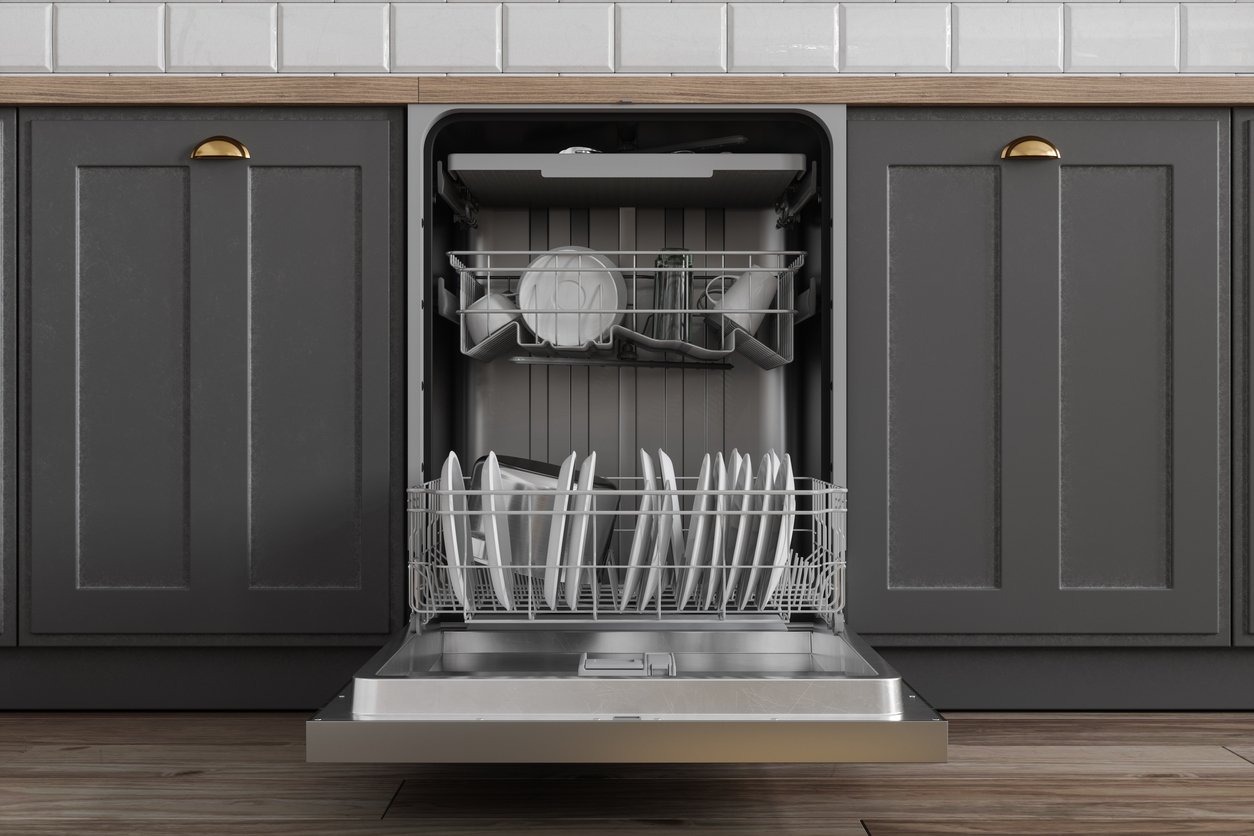Tips for When Your Dishwasher Isn't Cleaning Dishes Properly
When your dishwasher isn't cleaning dishes properly, it can be frustrating. Before you call a professional, there are several steps you can take to troubleshoot and potentially fix the problem yourself. Here’s a comprehensive guide to help you get your dishwasher back to its optimal performance.
Check the Dishwasher’s Spray Arms
The spray arms are responsible for distributing water throughout the dishwasher. If they are clogged or not rotating properly, your dishes won’t get clean. Here’s how to check them:
Remove the spray arms: Depending on your dishwasher model, you may need to unscrew them or simply pull them off.
Inspect for clogs: Look for food particles, mineral deposits, or other debris that may be blocking the spray holes.
Clean the spray arms: Use a toothpick or a small brush to clear any clogs. Rinse them thoroughly under running water.
Reinstall the spray arms: Make sure they can spin freely.
Clean the Filter
A clogged filter can prevent water from circulating properly, leading to poor cleaning performance. Here’s how to clean it:
Locate the filter: It’s usually at the bottom of the dishwasher.
Remove the filter: Follow your dishwasher’s manual for instructions on how to remove it.
Rinse and scrub: Use warm, soapy water and a soft brush to clean the filter.
Reinstall the filter: Ensure it’s securely in place.
Use the Right Detergent and Rinse Aid
The type of detergent and rinse aid you use can significantly impact your dishwasher’s performance. Here are some tips:
Choose high-quality detergent: Preferably in liquid or gel form, as they dissolve better.
Use rinse aid: It helps to prevent spots and ensures that your dishes come out shiny and dry.
Check the Water Temperature
Dishwashers require hot water to clean effectively. If the water isn’t hot enough, your dishes won’t get clean. Here’s what you can do:
Run the hot water in your sink: Before starting the dishwasher, run the hot water in your kitchen sink until it’s hot to the touch. This ensures that the dishwasher starts with hot water.
Check your water heater: Ensure it’s set to at least 120°F (49°C). If it’s set too low, increase the temperature.
Inspect the Dishwasher Door Seal
A faulty door seal can cause water to leak out, reducing the dishwasher’s cleaning efficiency. Here’s how to check it:
Inspect for damage: Look for cracks, tears, or wear in the seal.
Clean the seal: Wipe it down with a damp cloth to remove any debris.
Replace if necessary: If the seal is damaged, you may need to replace it.
Run a Cleaning Cycle
Over time, grease and mineral deposits can build up inside your dishwasher, affecting its performance. Running a cleaning cycle can help:
Use a dishwasher cleaner: Follow the instructions on the cleaner to run a cleaning cycle.
Vinegar and baking soda: Alternatively, you can place a cup of white vinegar in a dishwasher-safe container on the top rack and run a hot water cycle. Then sprinkle baking soda on the bottom of the dishwasher and run a short hot water cycle.
Keeping Your Dishwasher in Top Shape
Regular maintenance is key to keeping your dishwasher running efficiently. By following these troubleshooting steps, you can address common issues that may be preventing your dishwasher from cleaning dishes properly. However, if you’ve tried these tips and your dishwasher is still not performing well, it may be time to call a professional technician for further diagnosis and repair.

